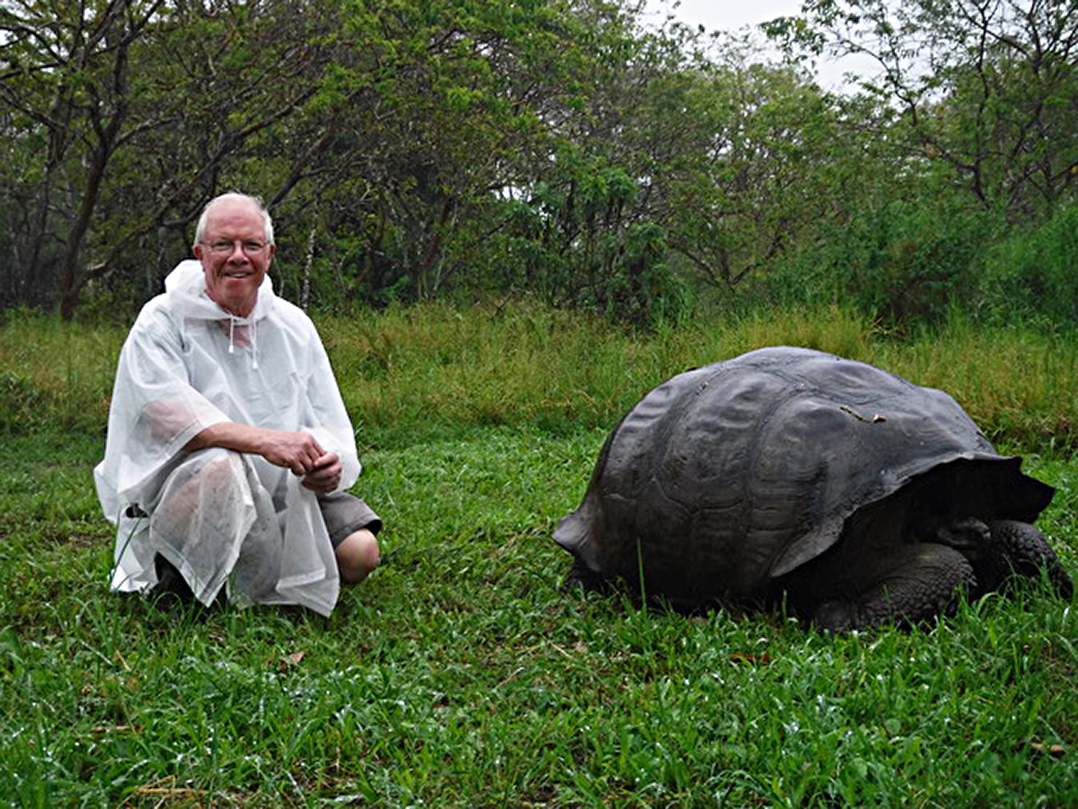Commentary by David Means
My wife and I recently enjoyed a National Geographic expedition of the Galapagos Islands, located 600 miles west of Ecuador.
These islands became famous after Charles Darwin developed his theory of evolution. He observed that Galapagos finches and giant tortoises had developed unique adaptations to their habitats. His conclusions were in direct conflict with the creation beliefs of the day, and as a member of the clergy he was hesitant to release his conclusions. He finally published his theory 24 years later.
The diverse and pristine islands are carefully protected by the Ecuadorian government. Access is strictly regulated. As part of these restrictions, our ship was required to maintain a ratio of one naturalist for every 16 guests.
These guides not only taught us about the unique species but made sure we observed the boundaries for protecting the environment and wildlife. We were able to closely observe giant tortoises, large marine and land iguanas, blue- and red-footed boobies, Darwin finches, short-eared day owls, sea lions, mockingbirds, frigate birds, Sally Lightfoot crabs, albatross, penguins and flamingos.
Each species of tortoise had unique features from island to island. We toured the Charles Darwin Research Center to learn how the breeding program is saving a species of giant tortoise that came perilously close to extinction.
The naturalists, National Geographic photographers and guest speakers contributed to our knowledge and enjoyment by conducting fun and informative sessions each evening.
Our days were active with opportunities to snorkel, kayak and hike interspersed with daily ventures on the zodiac rubber boats. The experience of snorkeling alongside playful sea lions will remain a cherished memory.
We were amazed that all the wildlife we encountered had no fear of humans and did not appear threatened.
We left the islands with a fresh appreciation of how it is possible to preserve a unique ecological area when government and scientists work together.





